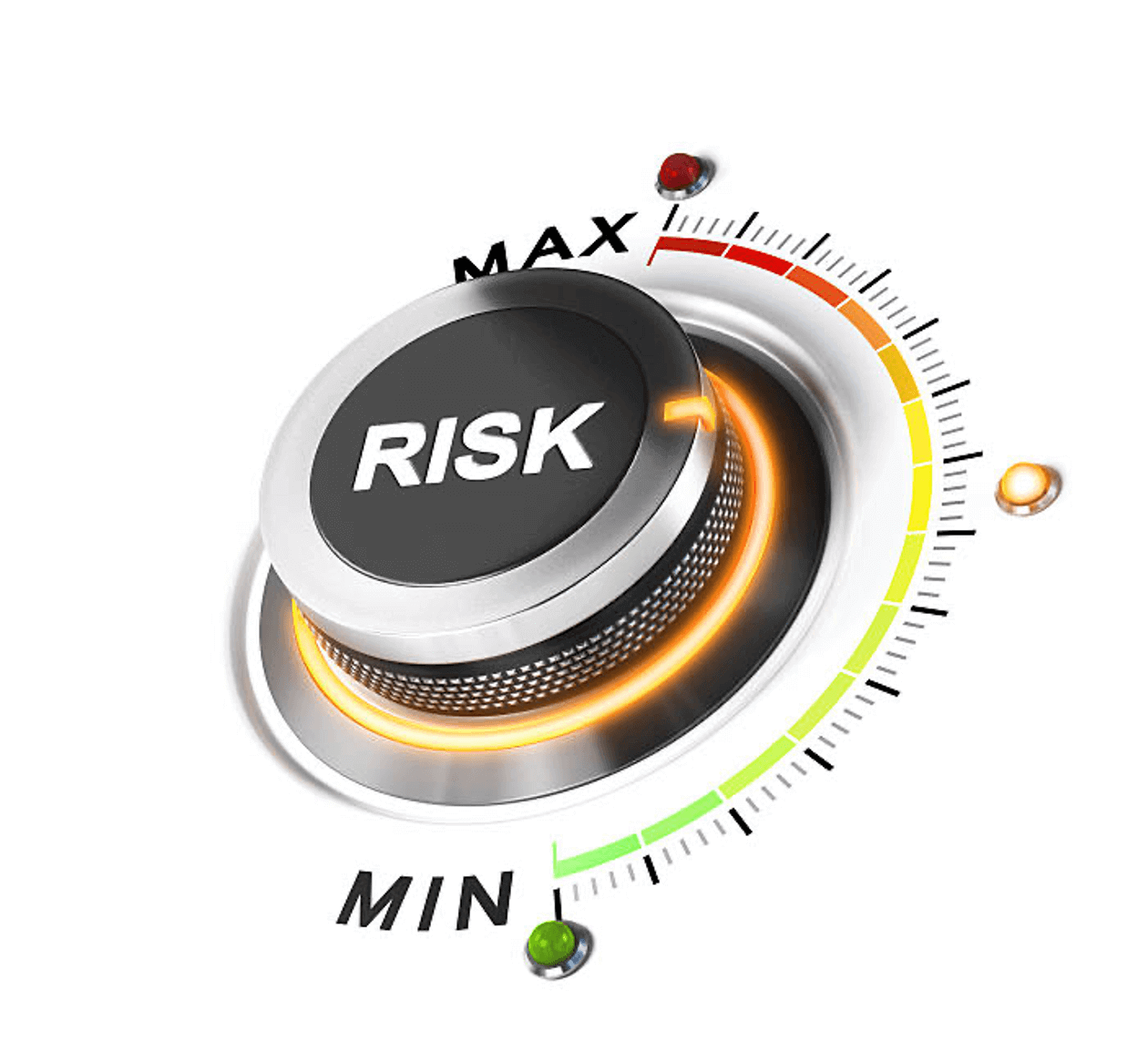Every investment is made with the intention of yielding some form of return. Many factors and variables contribute to the success or failure of any investment. And while the factors are largely unpredictable, certain methods have been devised to give estimated outcomes of investments, which will guide investors in taking certain steps.
This article provides insights into the world of investments and the risks involved and the practice of determining the worst-case scenario before making investments (specifically with the use of a VaR calculator). More of that further down!
What is included in this article:
- Investments and Risks
- Scenario Analysis
- Value at Risk (VaR) Method
- Value at Risk (VaR) Calculation
Investments and Risks
One of the best yet tricky things about money is that it can be used to make more money. “Making your money work for you” is a common saying thrown around nowadays, often used to refer to the business of investing. To a novice, “investing” will most likely sound like an outrageous suggestion – the idea that one can receive returns from saved capital by doing close to nothing is definitely a tough sell to anyone without proper awareness.
But that is simply the case in reality. Investing is one of the most proven ways to build wealth long-term if done smartly. Individuals and businesses worldwide invest in different industries and commodities, including art, real estate, gold, and even digital assets and currencies.
Due to the nature of investing, it is no surprise that it comes with a few risks from time to time. The presence of risk in any investment is inevitable. Here’s why; when you invest, you’re trusting the market, the industry, and the entity in which you have invested your money. Even the most experienced investors don’t get it right all the time.
You simply cannot be 100% sure all the time that your investments will yield the predicted returns. However, as an investor, you have a level of responsibility to examine and analyze the factors surrounding the investments you make to at least have a theoretical range of your expected returns.
Having as much estimation as possible reduces the likelihood of you making heavily regrettable decisions, which amounts to reducing the level of risk associated with your investment. The risk associated with your investment reduces as you gain more knowledge of the surrounding factors. Warren Buffett has often said, “risk comes from not knowing what you are doing.”
Scenario Analysis
In the world of investment, calculating the possible outcomes for your portfolio is referred to by many as “scenario analysis.” The name is exactly as it sounds; it involves analyzing the scenario as hand in making predictions.
Even beyond the world of finance and investments, scenario analysis happens all the time. We mentally analyze situations to determine how well they would work out for us in our daily lives. In taking a new job, moving to a new residential location, acquiring a new item, or even taking up a new hobby. The only difference when it comes to investments is the technical nature of analyzing these scenarios.
Scenario analysis as a process involves estimating the value of returns to be yielded by your investment portfolio after a certain period of time. It is a way of looking into the future as mathematically as possible. When taking a scenario analysis, a few factors should naturally be considered, including the change in the value of the portfolio or a change in the interest rate over time.
When a scenario analysis is taken, many possibilities are considered, which will typically result in a base-case scenario, best-case scenario, and a worst-case scenario. This way, you get an idea of the good, the bad, and the ugly.
Value at Risk (VaR) Method
In terms of determining the worst-case scenario, many individuals and institutions often adopt stress testing, using computer simulations to test a portfolio’s resilience against future events. It basically answers the question, “how well can a group of assets and portfolios maintain their value under certain conditions?”
However, a more specific and relatively modern way to determine the resilience of investment portfolios against the worst possible conditions is by using the “Value at Risk” method of analysis. It is also known as the VAR and has been referred to by many as the “new science of risk management.”
Adopting the VAR method of analysis is practically saying, “with certain factors and variables in place, what is the fate of a particular portfolio in the future?” While it may sound a bit scientific, you do not need to be a scientist to any degree to use VAR.
Most entities prefer to measure the level of risk involved in their investments based on volatility, and by nature, volatility includes both positive and negative leaps of stock value. But investors are obviously not troubled when the volatility favors them.
Therefore, what investors truly see as risk is the possibility of the market moving in a negative direction and leading to a big loss. This is where VAR comes into the picture; it helps investors answer questions like “what is my estimated worst-case scenario” and “if things don’t go well, how much could I possibly lose per month?”
Value at Risk (VaR) Calculation
A VAR statistic has three main components:
- The time period
- Confidence level
- Loss amount/loss percentage
A VAR “Question” should contain these three questions to get an accurate (or a close to accurate) result. The questions should therefore take similar forms to the following:
With a 95% or 99% confidence level, what is the most I can expect to lose in a month?
What is the maximum percentage I can expect to lose in the coming year, with a 95% or 97% confidence?
At the end of a VAR assessment, the resulting statement will likely appear in the following form: “We are confident that our losses will not go beyond $2million in one day of trading.” That is a perfect representation of arriving at a worst-case scenario.
VAR calculators work with a model designed to consider as many extreme factors existing within the financial market as possible. This is required due to the need to arrive at a worst-case scenario. Financial markets have these extreme situations regularly, which “normal predictions” would likely not predict.
Calculating VaR requires making certain assumptions, which will serve as your inputs when using a VaR calculator.
Therefore, the simple steps involved in calculating the worst-case scenario of your investment portfolio include inputting the following in your calculator:
- Your position amount
- The asset volatility
- The desired time period to be calculated
- The confidence level
You can then proceed to check your result (the worst-case scenario) upon inputting the fields correctly.
 The different methods of VaR calculations include the historical, variance-covariance, and the Monte Carlo simulation methods. Specifically, calculating VaR involves specific statistical measurements like covariance, variance, and standard deviation. With a highly diversified portfolio, the complexities are way higher, when compared to a straightforward situation like a two-asset portfolio, which makes the calculation more direct.
The different methods of VaR calculations include the historical, variance-covariance, and the Monte Carlo simulation methods. Specifically, calculating VaR involves specific statistical measurements like covariance, variance, and standard deviation. With a highly diversified portfolio, the complexities are way higher, when compared to a straightforward situation like a two-asset portfolio, which makes the calculation more direct.
The standard formula for calculating VAR is defined below:
VaR = [Expected Weighted Return of the Portfolio
− (z-score of the confidence interval
× standard deviation of the portfolio)]
× portfolio value
The time frame is typically expressed in years. However, if the given timeframe is weekly, then we divide our expected return by the given interval and our standard deviation is divided by the square root of this interval. Therefore, for a weekly timeframe, the inputs would be duly adjusted to expected return divided by 52 (weeks in a year) and standard deviation of the portfolio ÷ √52. If the time frame is daily, then 52 is replaced by 252 (trading days in a year).
While this formula appears easy, it is safe to say that it is not as easy as it looks. The different steps involved must be carefully executed, especially when calculating the inputs for a diversified portfolio. Actions like calculating the variance and portfolio correlations and inputting all the necessary data must be carefully and accurately done to get the desired results. This is one of the invaluable advantages of adopting VaR calculators; relatively less time is spent on even complex investment portfolios.
Conclusion
The constant factors with practically every investment are risk and uncertainty. However, the possibility of yielding positive returns is what makes the entire process worthwhile. Therefore, it is vital to take the necessary steps to reduce the level of risk associated with your investment position.
Having a close-to-accurate idea of the worst-case scenario will definitely guide you in making investment decisions that will limit the possibility of incurring losses. Thankfully, the VaR calculator exists to speed up the process of making such estimates.
Disclaimer: This article contains sponsored marketing content. It is intended for promotional purposes and should not be considered as an endorsement or recommendation by our website. Readers are encouraged to conduct their own research and exercise their own judgment before making any decisions based on the information provided in this article.





































































